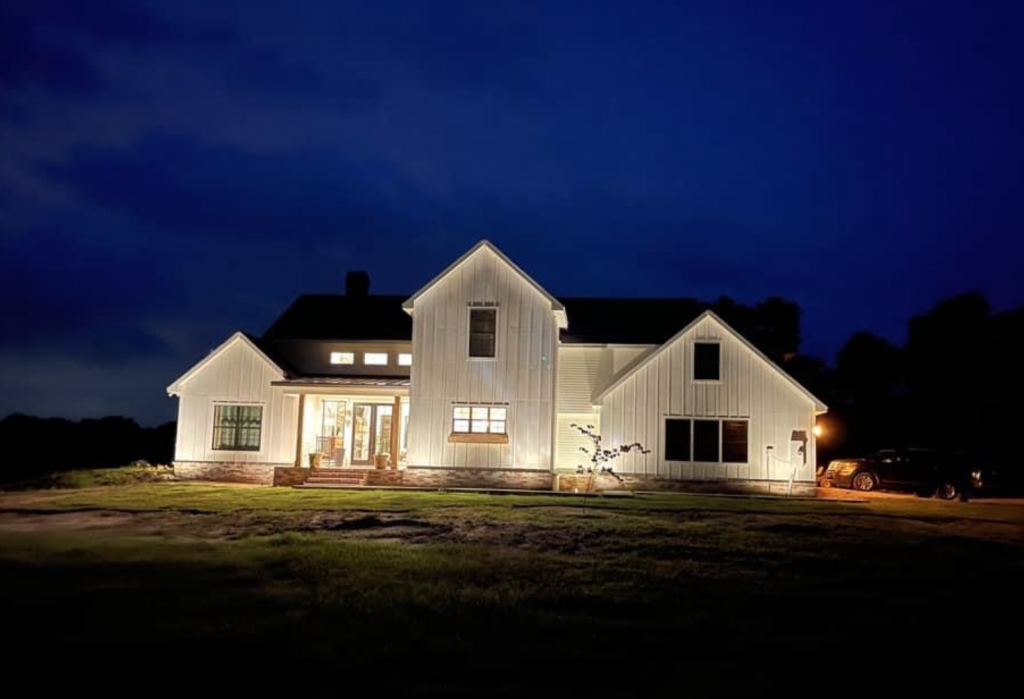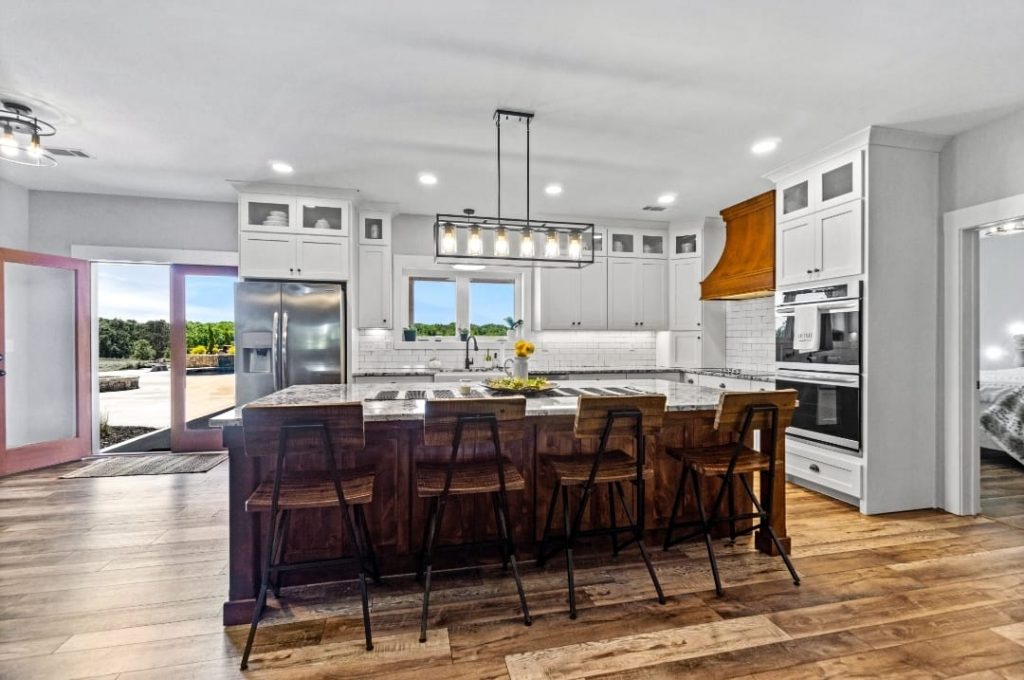As the popularity of barndominiums continues to rise across the United States, many potential buyers wonder: are barndominiums energy efficient? The problem is that there isn’t one definitive answer. Instead, there are three key factors that determine a barndominium’s efficiency and the amount of energy needed to run it. If you want to learn more, keep reading as we explore each contributing element in more detail.
What are the benefits of an energy-efficient home?
Before we dive into the main topic, let’s first take a look at some of the main advantages of building an energy efficient barndominium home:

Create a more comfortable space
Whether you plan to live in your barndo, use it as a second home or office space, it should be a comfortable space to spend time in. Being able to regulate the temperature will be key to this, which is where energy efficient windows, doors, and a reliable aircon system come in.
Reduce your energy bills
The clue’s in the name – energy efficient homes are designed to conserve energy and therefore reduce the amount you have to spend on heating and cooling bills every month.
Increase the resale value
Think you may want to sell your home in the future? Then you need to consider the question that valuers and prospective buyers are likely to ask: are barndominiums energy efficient? If you can answer yes, then you’ll increase the resale value of your home instantly.

Are steel barndominiums energy efficient?
On the face of it, steel barndominiums aren’t particularly energy efficient as their metal shell is not a good insulator. In their raw form, steel walls will feel hot in the summer and cold in the winter, and air from outside will seep through into your living space. Meanwhile, timber barndos, are naturally insulative and so more energy efficient. But it isn’t quite that simple…
In fact, steel barndominiums outperform their wooden counterparts in almost every other way, including longevity and affordability. This makes them the better choice for the majority of buyers. So, rather than asking: are barndominiums energy efficient? You should ask: can they become so, even if made from steel? And the answer to that is a resounding yes!
From top-rated insulation to double-paned windows and economical temperature control systems, steel barndominiums can be just as energy efficient as wooden and brick-and-mortar homes. And arguably even more so, as they’re often smaller than traditional houses.
Factors affecting a barndominium’s energy efficiency

1. Insulation
Installing high-quality insulation is the number one way to make a barndominium more energy efficient and regulate the temperature indoors. Without it, cold air will enter your property through the metal walls and roof. An uninsulated steel home won’t retain heat well either, so any warm air that you pump into your home will quickly escape. Likewise, it will be very hard to cool your home in warm weather, so your energy bills could run sky-high.
To combat this issue, you need to make sure your wall cavities are filled with barndominium insulation featuring a high R-value – this gauges the product’s ability to prevent heat transfer. Spray foam, blanket insulation, and rigid boards made from polyurethane or fiberglass are all great options, depending on your budget, skill level, and what stage of the build you’re at.
And don’t forget the roof! If it remains uninsulated, you’ll lose around 25% of your home’s heat through the roof alone. Similarly, if you live in a state with a particularly hot climate, we recommend adding a layer of radiant bubble foil to your attic. This will help reflect heat from the sun and stop it from absorbing into your home to keep your property’s interior cool.
2. Heating/ cooling systems
As mentioned above, smaller single-story homes are generally more efficient than larger properties, as they require less energy to heat and cool them. For example, if your barndo is less than 2000 square feet, a ductless mini-split cooling system should be enough to keep your home cool, saving you the cost of installing and running a central system.
Alternatively, depending on your state’s climate, you could forego air conditioning completely and opt for ceiling fans instead. Combined with an open-plan living space and great insulation, this could be all you need to circulate air through your home and maintain a comfortable temperature.
If you live in a cold state and staying warm is your top priority, then underfloor heating or an air-source heat pump will be the most efficient option. Though they cost more to install than traditional furnaces, pumps can save you around $950 per year. They’re also more eco-friendly and, despite their name, can be used for either heating or cooling to suit the season.
Discover more ways to heat a barndominium on our blog!
3. Windows and doors

So, are barndominiums energy efficient once insulation and an appropriate heating and cooling system have been installed? Well, almost! The final things to consider are the windows and doors. To prevent cold draughts from entering your home, increasing the need to turn your heating up, you should opt for double-pane windows. Between the two panes, there is an air pocket that acts as an insulative barrier to stop heat from escaping and keep cool air out. You should also check whether your external doors are insulated and seal any gaps around the frame.
Meanwhile, low-emissivity windows can reduce energy loss by up to 50% thanks to a special coating added during manufacture. Some designs are also able to filter out around two-thirds of heat from the sun, without reducing the light – perfect for barndos in hot states like Texas and Florida, where it is considerably harder to regulate your home’s temperature in summer.
If you live somewhere prone to storms, you’ll also need to consider the strength of your windows. You can read all about the best ways to hurricane-proof your barndominium here.
Conclusion
As you can see, providing an answer to: are barndominiums energy efficient, isn’t quite as straightforward as it first seems. However, there are also several ways you can increase your barndo’s energy efficiency, even if its steel construction deems it less so than more traditional builds on the surface.
Want to read more tips and tricks ahead of your next barndominium project? Explore FAQs, state guides and inspirational floor plans on our blog. We also have a handy eBook available for download if you’d like some more detailed advice from the experts.
